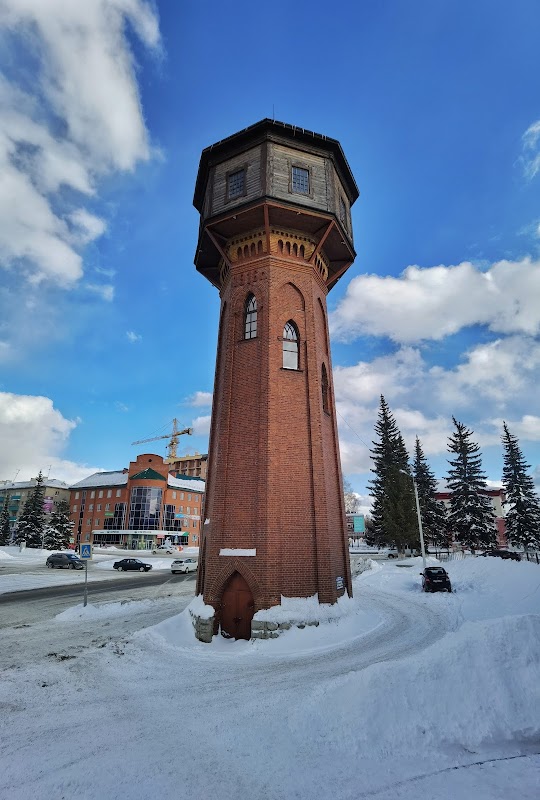
Oslyaninsky Bor Nature Reserve Adventures
Oslyaninsky Bor Nature Reserve protects one of the largest stands of ancient coniferous forests in the Ural region, offering exceptional biodiversity and remote wilderness experiences.
About Oslyaninsky Bor Nature Reserve

Oslyaninsky Bor Nature Reserve is a strictly protected area located in the Perm Krai region of Russia, on the western slopes of the Middle Ural Mountains. Established to safeguard one of the most extensive and well-preserved pine forests in the region, this reserve spans diverse terrain including hilly uplands, mixed spruce and pine woods, numerous wetlands, and small rivers. The landscape reflects a transition zone between European and Siberian flora and fauna, housing Siberian pine, Scots pine, and towering spruce trees that are centuries old. The reserve is home to rich wildlife such as the European elk, brown bear, lynx, sable, and numerous bird species including the capercaillie and black grouse. Oslyaninsky Bor plays an important role in protecting rare and endemic species and maintaining ecological balance in the Ural region. Recreational opportunities within the reserve are highly limited due to its strict protection regime, but controlled eco-tourism programs allow for wildlife observation, guided nature walks, and educational visits emphasizing environmental preservation. Notable features include ancient forest stands, pristine bogs, and clear streams, all providing a glimpse into a largely untouched natural ecosystem. The reserve is particularly appealing for researchers, conservationists, and outdoor enthusiasts interested in boreal forest landscapes and remote wilderness settings away from urban centers. Visitors can experience a rare environment where natural processes proceed with minimal human disturbance.
Highlights
Ancient Scots pine forest stands reaching over 300 years of age
Habitat for rare Ural wildlife such as the Siberian flying squirrel and the sable
Clear, spring-fed streams supporting diverse freshwater species
Expansive peat bogs that act as important carbon sinks and biodiversity reservoirs
Notable Natural Features
Primeval Pine Forest
One of the oldest and most continuous stands of Scots pine in the Ural region, essential for studying natural forest development.
Peat Bogs
Extensive wetland ecosystems within the reserve that support unique plant communities and provide important ecological services.
Ural Brown Bear Habitat
The reserve offers critical undisturbed habitat for brown bears, which can occasionally be seen by visitors during guided tours.
